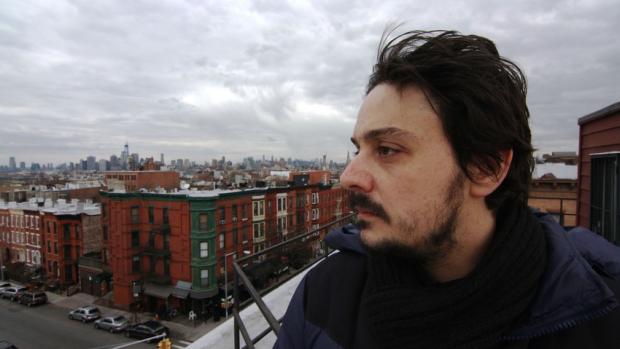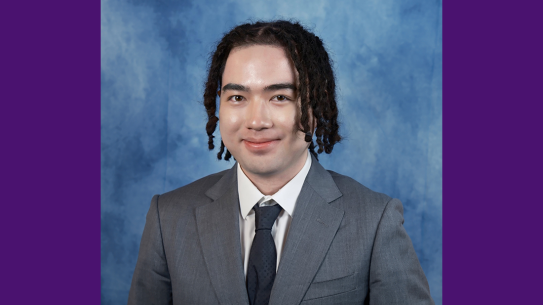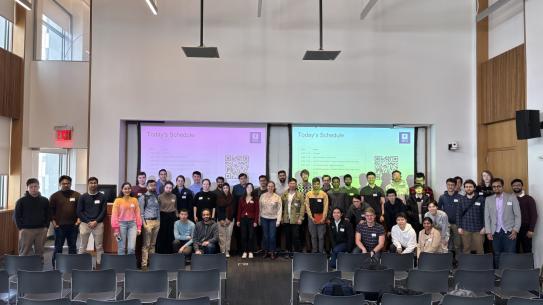NYU's Maurizio Porfiri Among Young Scientists Tapped for Japan-America Frontiers of Engineering

The National Academy of Engineering chose Maurizio Porfiri, an assistant professor in the New York University Polytechnic School of Engineering, to join a select group of 60 of the most promising engineers under the age of 45 from Japan and the United States to participate in the 2014 Japan-American Frontiers of Engineering Symposium.
Exploring how robots can be used in disaster response is one of the four cutting-edge research of the intensive symposium—particularly fitting for Porfiri, whose best-known research pursues the development of robotic fish that could lead living ones away from human-made dangers.
A member of the NYU School of Engineering Mechanical and Aerospace Engineering Department, Porfiri has been recognized for his research exploring how the patterns of natural systems such as schooling fish, flocking birds, and human crowd flow can inspire algorithms for coordinating robotic systems. He earned particular acclaim for his work on underwater robotics, including biomimetic robotic fish that are shedding light on leadership patterns in nature. Insights from this research could impact fields ranging from animal behavior science and aquacultural engineering to environmental and marine life conservation. His studies earned him a place on Popular Science magazine’s 2010 list of young scientists to watch, the “Brilliant 10.” His other honors include the American Society of Mechanical Engineers’ Gary Anderson Early Achievement Award for his contributions to the field of smart structures and materials and the National Science Foundation CAREER award.
The Japan-American Frontiers of Engineering Symposium, to be held in Tokyo June 9-11, 2014, will explore developments at the cutting edge of engineering technology in three areas in addition to robotics: energy harvesting and power transmission, noise-control engineering in healthcare environments, and bioimaging. The event facilitates international and cross-disciplinary research collaboration, promotes the transfer of new techniques and approaches across disparate engineering fields, and encourages the creation of a trans-Pacific network of world-class engineers.
“The NYU Polytechnic School of Engineering is proud to be home to Professor Porfiri’s promising research, and we congratulate him upon his selection by the National Academy of Engineering,” said NYU Dean of Engineering Katepalli Sreenivasan. “The Japan-American Frontiers of Engineering Symposium will open doors for him and others in the emerging field of ethorobotics.”
“Since 2000, the Japan-America Frontiers of Engineering program has been forging ties between scientists in both nations,” Porfiri said. “It is a real honor to be chosen to attend this invitation-only symposium, and I’m looking forward to the cross-disciplinary, cross-institutional, and cross-cultural opportunities that open to me as a result.”
Among the presentations given during the robotics portion of the program will be: “Quince: Helping Map and Monitor the Fukushima Power Facility,” “Aerial Robotic Systems that Cooperate with Ground Robots,” “Disaster Response on Active Volcanoes,” and “DARPA Robotics Challenge: Robotic Technology for Disaster Response.”


